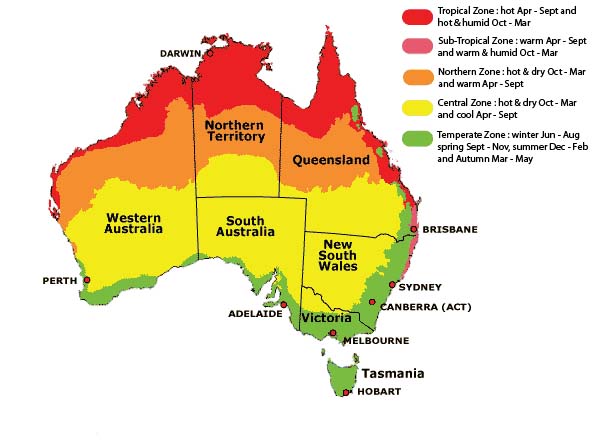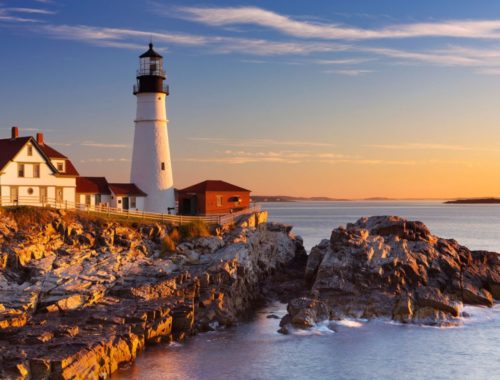Some Fun Facts about Australia
Australia is a large and diverse country, full of quirky animals, nature, and people. Most of us have heard of kangaroos and koalas, but there is a lot more to discover about the land down under. Here, I’ll talk about the usual and unusual facts that make Australia unique.

Firstly, Australia is BIG. It’s the world’s largest island and the smallest continent, roughly the size of the United States and bigger than Europe. However, it is inhabited by a small population of 26 million people, who mostly live in the big cities on the coastline. Most of the landmass is affected by the subtropical high of the southern hemisphere – that gives rise to the Kalahari desert of Southern Africa, Atacaman and Patagonian deserts of South America, and Australian deserts. It is a dominant feature of the country’s climate, causing dry and arid conditions to many parts of the country. This high pressure facilitates clear skies and lack of clouds during the day, while rapidly cooling during the night. Often, regions are affected by prolonged drought conditions, where others may experience flooding. Water resource management is very crucial in rural towns where agriculture is more sensitive to these issues.

The kangraoo is the iconic animal that dominates the landscape. However there are many other marsupials that evolved in Australia over millions of years, adapting to their environment. These include quolls, tamanian devils, tasmanian tigers, bilbies, bandicoots, wallabies, possums, koalas, and wombats. The platypus is a unique animal that has many characteristics of different species. For example, it has fur like a mammal, paddles its duck feet like a bird, and lays eggs like a reptile. They lack teats so they ooze milk from their skin to feed their young. They also have venom glands that can deliver poison through hollow spurs on their hind legs. What a mix!

Some of the more dangerous animals in Australia include spiders and snakes, but did you know the most animal deaths are caused by horses and cows? Other dangerous animals include the saltwater crocodile, box jellyfish, bluebottle jellyfish, irukanji (both the smallest and one of the most venomous jellyfish in the world), blue-ringed octopus, stone-fish, cone snails, funnel ants, and sharks. So you might think to yourself – I’ll just stay away from the water right? While these animals can pose risks, thankfully encounters are generally rare, and the majority of wildlife in Australia is not dangerous to humans. Understanding local safety guidelines and respecting wildlife can help mitigate the risks associated with these creatures.

In the wild, you would recognise an Australian through the accent. However, there is more cultural heritage than just the way we sound – have you heard of some Aussie slang? For example, a thong is a form of footwear, woop woop is not the sound of the police but describing an area in the middle of nowhere, and a bin chicken is an ibis. In all seriousness, once being a colony of the British Empire with its controversial White Australia Policy, today it has become one of the most multicultural melting pots of the world. Cities in Australia are regularly come out on the top of the world livability index, with its quality of life, healthcare, education, and infrastructure. What unites us all is our laid back culture, love of all things sports, and world famous music. Some famous Australians include Crocodile Dundee (Paul Hogan), Iggy Azalea, and Thor.

However, like everywhere there is still room to improve. The inequality Indigenous Australians face in politics and in social culture is still an ongoing issue. Recently, a referendum to alter the constitution in order to recognise Indigenous Australians was rejected nationally, to the dismay of most of the supporters. This historic result is regarded as a setback to the reconciliation of Indigenous Australians and the rest of the population. The prevalence of drinking, drugs, and gambling culture is a major public health issue that needs to be resolved. Despite these downsides, Australia’s unique culture, natural beauty, and diverse wildlife continue to make it a cherished part of the world.

From Alabama to Backpacking Europe

The Best Post
You May Also Like

Nancy from Manchester, UK
8 April 2014
A Hidden Gem In Africa
30 November 2021